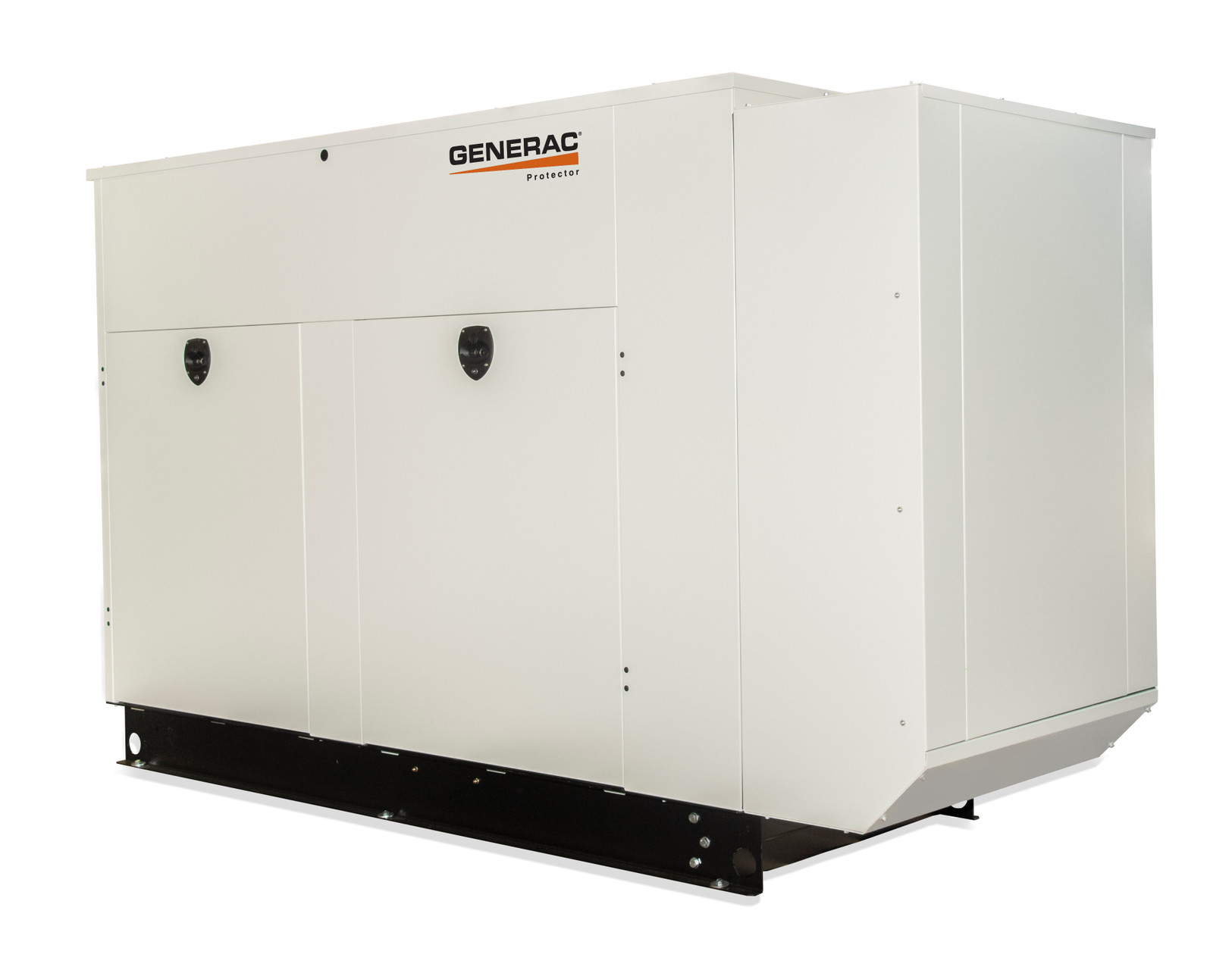Air cooled vs liquid cooled generators
Air-cooled and liquid-cooled backup generators are two different types of generators used for providing emergency power during electrical outages. The main difference lies in the method used to dissipate heat from the generator's engine. Let's explore each type:
- Air-Cooled Backup Generator: An air-cooled generator uses air to dissipate the heat produced during the operation of its internal combustion engine. It typically features a series of cooling fins or a fan that circulates air around the engine to cool it down. These generators are more compact, simpler in design, and generally suitable for smaller power capacities.
Advantages:
- Simpler maintenance: Air-cooled generators have fewer components and require less maintenance compared to liquid-cooled ones.
- Cost-effective: They are generally less expensive to purchase and install.
- Smaller footprint: Air-cooled generators are more compact, making them ideal for residential or smaller commercial applications.
Disadvantages:
- Limited capacity: Due to their compact design, air-cooled generators are typically available in lower power capacities.
- Heat limitations: Air-cooled generators may struggle to handle high loads for extended periods due to their limited cooling capacity.
- Liquid-Cooled Backup Generator: Liquid-cooled generators, as the name suggests, use a liquid (usually a mixture of water and coolant) to dissipate heat from the engine. The liquid circulates through a cooling system, absorbing heat and then transferring it to the environment.
Advantages:
- Higher capacity: Liquid-cooled generators can handle larger power capacities and are suitable for more significant commercial or industrial applications.
- Better temperature control: The liquid cooling system is more efficient, allowing the generator to operate at a more stable temperature range.
- Extended operation: These generators can handle higher loads for longer durations, making them more suitable for continuous and heavy use.
Disadvantages:
- More complex maintenance: Liquid-cooled generators have additional components, such as radiators and pumps, which require more regular maintenance.
- Higher cost: Liquid-cooled generators are generally more expensive to purchase and install due to their larger size and more sophisticated cooling system.
In summary, the choice between an air-cooled and a liquid-cooled backup generator depends on the specific power requirements and usage scenarios. For residential or small-scale applications with limited power needs, an air-cooled generator might be a cost-effective and practical choice. However, for larger-scale or commercial applications with higher power demands and longer run times, a liquid-cooled generator is likely to be more suitable due to its enhanced capacity and better cooling capabilities.
Generators - https://www.monkeyindustrialsupply.com/power-syste...

